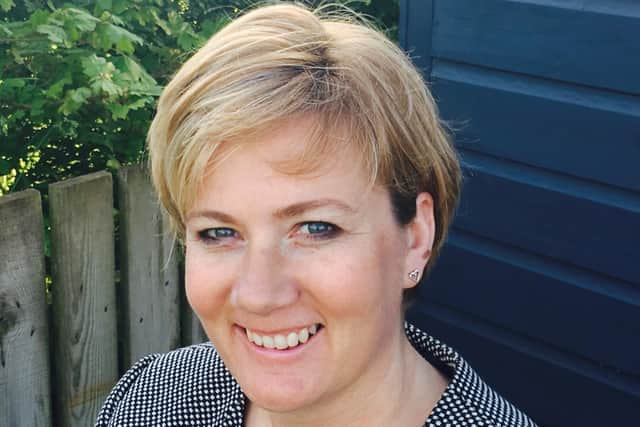Renters face loss of affordable rural homes due to increased red tape burden and 'negative' attitude to private landlords
According to speakers at the event, hosted by membership organisation Scottish Land & Estates (SLE), population decline and government ambition to improve housing outside towns and cities will not be addressed because of long-standing issues around planning, infrastructure constraints, inflexibility on affordable housing models and a negative approach to private landlords.
The organisation is calling on the Scottish Government to help resolve the issues in a bid to satisfy demand for good-quality, energy-efficient and affordable properties to rent in countryside areas.
Advertisement
Hide AdAdvertisement
Hide AdSarah-Jane Laing, chief executive of SLE, said: “We all share the goal of trying to increase the amount of rural housing but all too often that ambition is thwarted by delays in planning processes, lack of funding for private affordable homes, prohibitive infrastructure and utility costs and an ever-growing burden of private rented sector legislation.
“Members of Scottish Land & Estates provide more than 10,000 homes for rent in rural areas and many businesses are actively involved in building homes.
“They are dedicated to meeting a real social need but they are frustrated.
“Delivery of new homes is more complicated than it need be, and we continue to lose affordable rented housing due to an ever-increasing burden on landlords.


“The rate of new-build affordable rented houses just cannot match the homes we are losing from the sector week on week.
“The time for action is now and we need to see the Scottish Government deliver on its commitment to provide rural solutions to rural housing need.”
A recent survey of SLE members revealed that almost a quarter of properties could be lost to the market due to the burden of regulation – this includes six per cent which have already been withdrawn.
Landlords across the sector are also deeply concerned that there will be fewer homes available for tenants should proposed changes to regulations on eviction procedures go ahead.
Advertisement
Hide AdAdvertisement
Hide AdJamie Carruthers, whose family run Dormont Estate in Dumfries, was one of the first private landlords to build low-energy houses for rent.
“We were delighted to build houses and renovate a number of cottages to provide more local housing but sadly there has been a significant push against landlords in recent times,” he said.
“We all want to see more people living and working in rural communities and the private rented sector has a part to play in achieving that.
“However, if I was starting the project delivered at Dormont under present regulations then I would almost certainly decide the risks were too great and not go ahead with the build.”
Housing minister Shona Robison, who gave the keynote address at the conference, said the Scottish Government was aware of many of the issues facing rural and remote areas.
She said ministers remained committed to achieving goals set out in the new housing strategy, which includes an aim to deliver 100,000 affordable homes by 2032, and the new deal for tenants.
She said many planned moves would address problems such as second homes, depopulation, jobs shortages, higher costs and topographic challenges.
Comments
Want to join the conversation? Please or to comment on this article.
